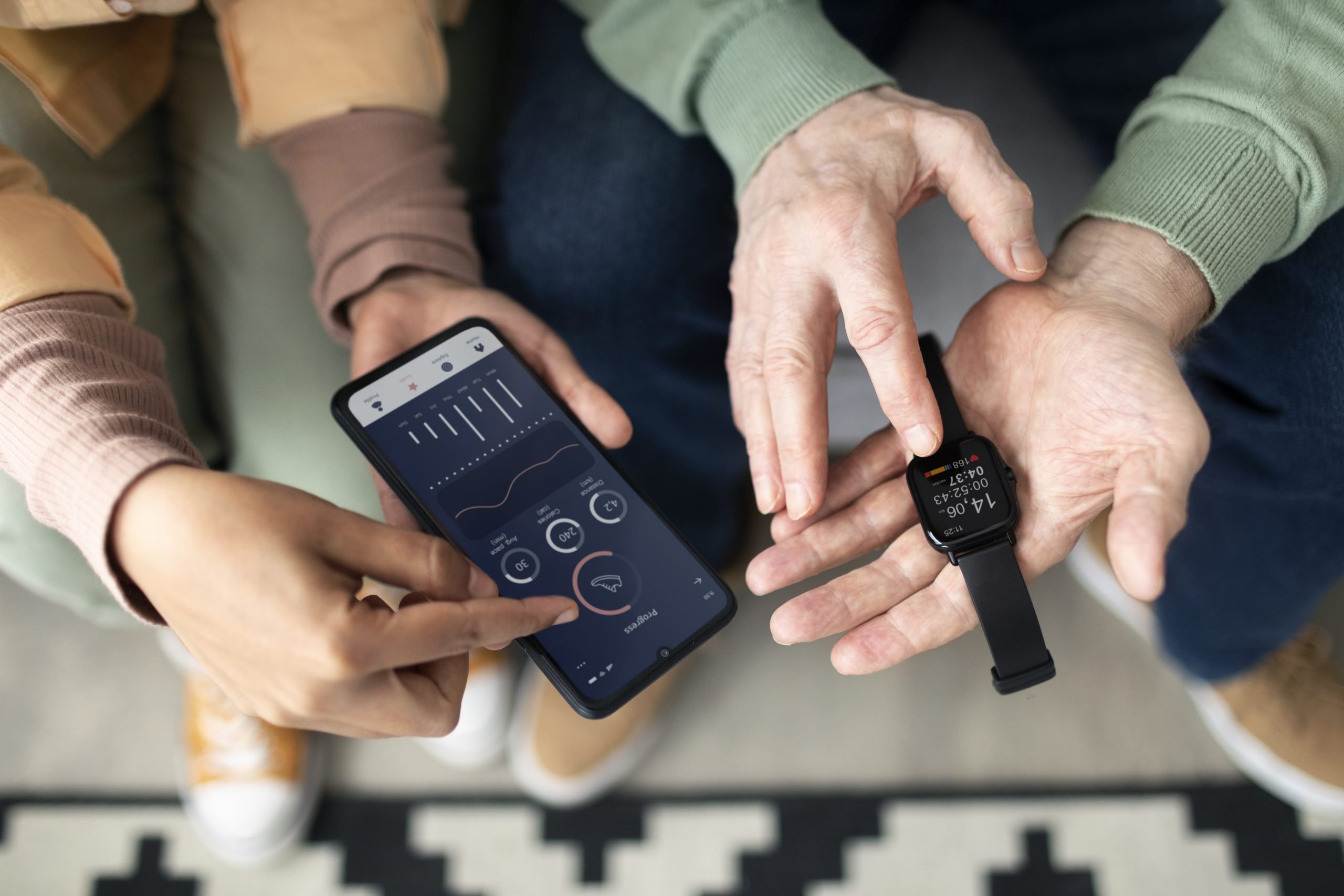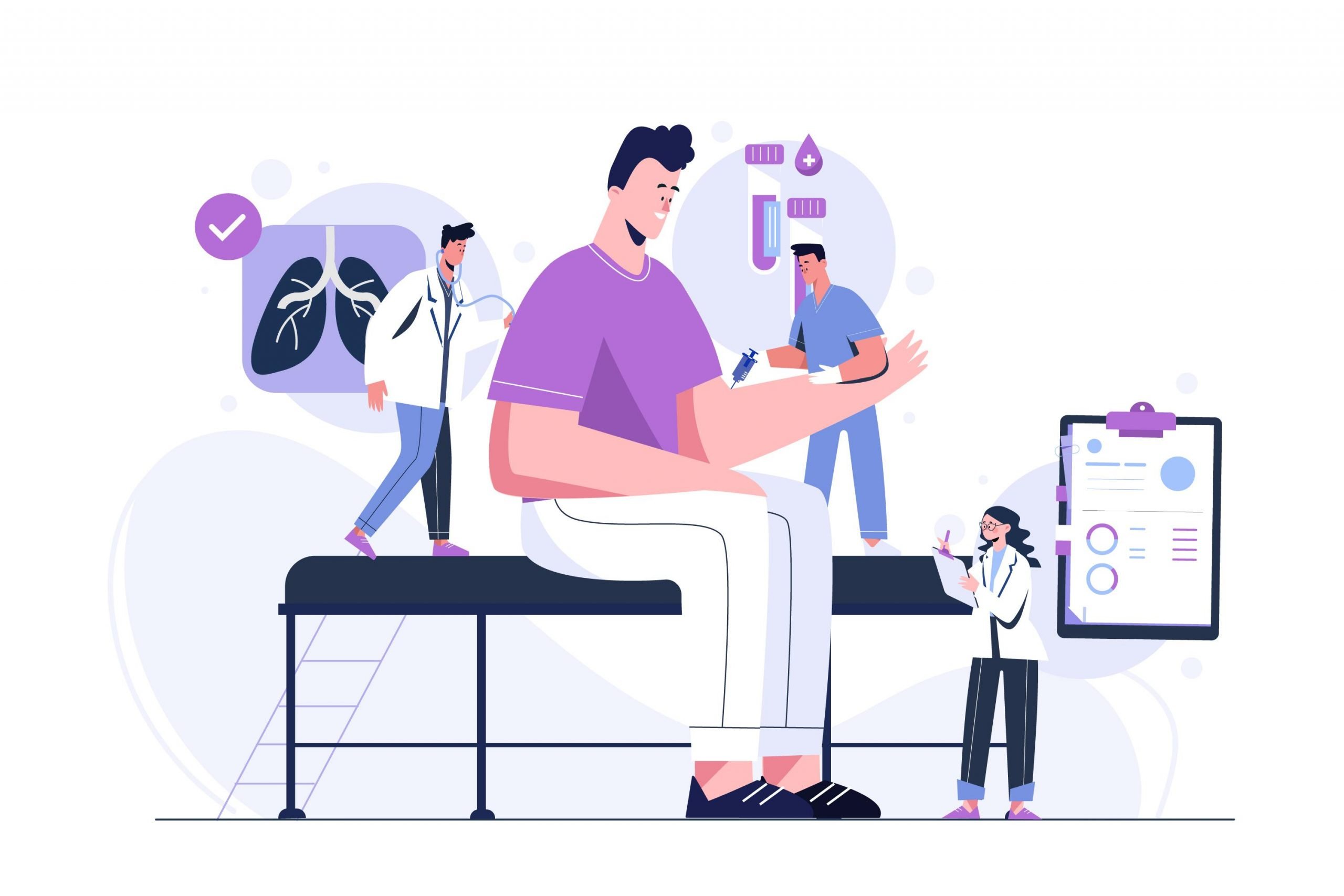 Employers continue to invest significant financial resources into rewards and incentives for employee wellness programs. In fact, 85% of employers with at least 200 employees offer more than $150 to employees for participating in or completing a wellness program. Nearly half offer more than $500 in incentives. Despite often representing the vast majority of a wellness budget, employers often do not create rewards structures that maximize the impact of the investment. There are a number of best practices for incentives, and a study from RAND Corporation, a public policy research organization, adds another strategy that warrants consideration from employers and health plans.
Employers continue to invest significant financial resources into rewards and incentives for employee wellness programs. In fact, 85% of employers with at least 200 employees offer more than $150 to employees for participating in or completing a wellness program. Nearly half offer more than $500 in incentives. Despite often representing the vast majority of a wellness budget, employers often do not create rewards structures that maximize the impact of the investment. There are a number of best practices for incentives, and a study from RAND Corporation, a public policy research organization, adds another strategy that warrants consideration from employers and health plans.
The three-year study, which included data from 422,643 individuals living in the United Kingdom, the United States, and South Africa, reviewed wellness program participation and performance in a program that allowed participants to pay off the cost of an Apple Watch with regular activity incentives. Recipients would receive a free Apple Watch. Over a 24-month period, recipients of the device would have to pay back all or part of the cost of the watch via monthly payments if they did not hit certain activity thresholds.
The result was a roughly 34% increase in regular physical activity, or an additional 4.8 “activity days” per month. The increase in activity exceeded that of a similar program run by the group that did not employ a “loss-framed incentive,” but instead used a reward-based structure. The gain was observed across all participant demographics, and the higher risk groups, such as the obese, were both the least likely to engage and the most likely to greatly change their behavior after adoption. Relative activity gains across all participants most often fell under the classification of “advanced activity” as opposed to “light” or “standard,” with increases among the Apple Watch group persisting at least through the 24-month repayment period. The percentage increase in total activity days varied by country. South Africa (44.2%) had the largest increase, followed by the United States (30.6%) and the United Kingdom (27.7%).
The concept of loss framing incentives has been proven to be effective in multiple other studies, but nevertheless, adoption of these types of rewards is not high. Although the study focused on providing an Apple Watch upfront and having employees “lose” money for not hitting wellness goals (a program Wellable can support), one could reasonably suspect that any gift, monetary or otherwise, that is loss-framed could deliver similar results.












